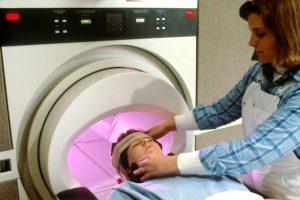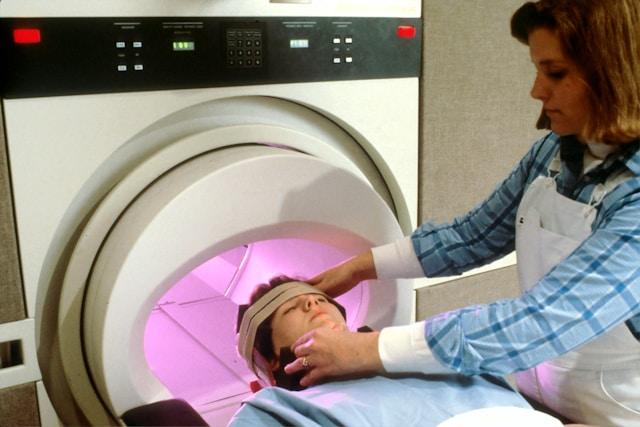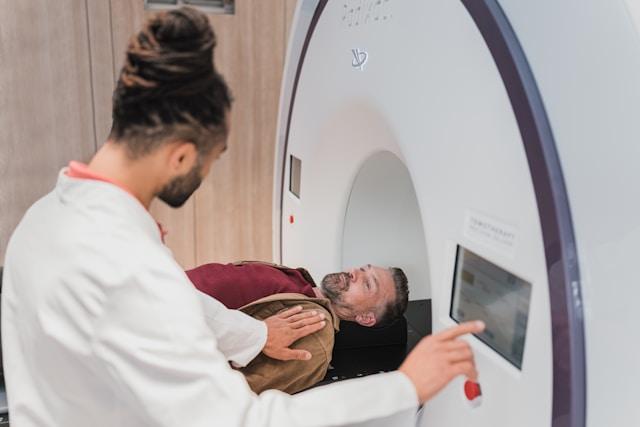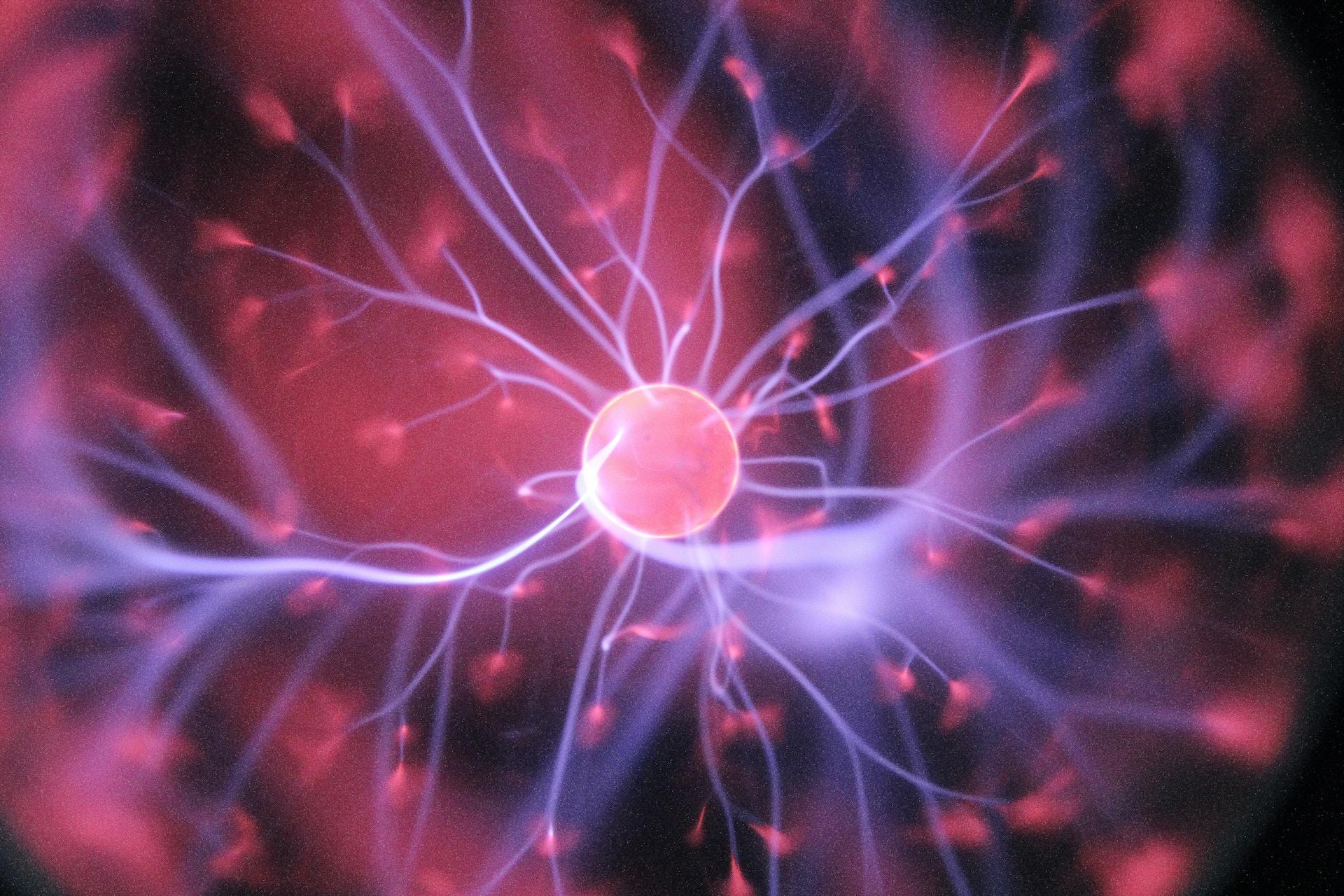Identifying peripheral nerve pain is crucial for effective treatment. This type of pain originates from damage to the peripheral nerves, causing discomfort and disruptions in daily life. Understanding the symptoms and triggers can lead to targeted interventions that alleviate pain and improve quality of life. By recognizing the signs of peripheral nerve disorders and sensory nerve damage early on, individuals can seek appropriate medical help and explore various management strategies for damaged nerves. Historical advancements in diagnosing and treating peripheral nerve pain have paved the way for more tailored and effective solutions today. Stay tuned to learn valuable insights on recognizing and addressing peripheral nerve pain.
Key Takeaways

-
Recognize the Signs: Be aware of symptoms like tingling, numbness, or burning sensations in your extremities, which could indicate peripheral neuropathy.
-
Consult a Professional: If you suspect peripheral nerve pain, seek medical help promptly to receive a proper diagnosis and treatment plan.
-
Address Underlying Causes: Managing conditions like diabetes or vitamin deficiencies can help prevent or alleviate peripheral neuropathy symptoms.
-
Explore Treatment Options: From medications to physical therapy, various treatments exist to manage peripheral nerve pain effectively.
-
Prioritize Prevention: Taking steps to maintain a healthy lifestyle, such as exercising regularly and maintaining a balanced diet, can reduce the risk of developing neuropathy.
-
Stay Informed: Understanding the different types of peripheral neuropathy and their symptoms can empower you to take proactive steps towards better nerve health.
Understanding Peripheral Neuropathy
Defining Nerve Pain
Nerve pain, also known as peripheral neuropathy, is a condition that affects the peripheral nerves. It differs from other types of pain by causing tingling, numbness, and burning sensations associated with peripheral nerve disorders. Early identification and treatment are crucial to managing nerve pain effectively.
Common Causes
-
Factors like diabetes, injuries, and genetic disorders can lead to peripheral neuropathy.
-
Diabetes plays a significant role in damaging the nerves, leading to pain and discomfort.
-
Inherited disorders can also contribute to nerve damage, impacting the body’s ability to transmit signals effectively.
Risk Factors
Discover the risk factors that increase the likelihood of developing peripheral neuropathy. Lifestyle choices such as smoking and excessive alcohol consumption can affect nerve health negatively. Underlying health conditions like kidney disease and hormone imbalances can also contribute to nerve pain.
Types of Peripheral Neuropathy
Classifying Neuropathy
Peripheral neuropathy is classified into various types based on the nerves affected and the symptoms experienced. Differentiate between motor, sensory, autonomic nerve neuropathy, and combination neuropathies. Motor neuropathy affects movement, sensory neuropathy impacts sensation, autonomic neuropathy disrupts involuntary functions like heart rate and digestion, and peripheral nerve disorders. By understanding these distinctions, healthcare providers can accurately diagnose and treat nerve pain.
Severity Levels
Recognizing the severity levels of peripheral neuropathy is crucial for effective management. Understand that severity can range from mild, moderate to severe, impacting the intensity of symptoms and treatment approaches. Early detection is key in preventing progression to more severe stages. The importance of prompt diagnosis lies in tailoring treatment plans to address symptoms and prevent further nerve damage.
Symptoms to Recognize
Identifying Signs
Peripheral nerve pain manifests through various symptoms that can help in its identification. Unusual tingling sensations, often described as pins and needles, are a common sign of neuropathy and peripheral nerve disorders. This sensation occurs due to nerve damage affecting the transmission of signals. numbness is another prevalent symptom, leading to a lack of sensation in certain body parts associated with peripheral nerve disorders.
Recognizing muscle weakness is crucial in identifying peripheral neuropathy. Weakness in the muscles can be a result of nerve damage affecting motor function. Furthermore, balance issues may arise as nerve pain impacts the sensory nerves responsible for proprioception. Changes in skin texture, hair loss, brittle nails, and emotional disturbances like anxiety and depression can also signal the presence of peripheral nerve disorders.
Fatigue and Neuropathy
Peripheral neuropathy can contribute to fatigue, creating a challenging cycle for individuals experiencing both conditions. Nerve pain disrupts the normal functioning of the nervous system, leading to increased fatigue levels. Conversely, fatigue can exacerbate neuropathic symptoms, making it essential to address both aspects simultaneously.
Managing fatigue while dealing with peripheral neuropathy requires a multifaceted approach. Regular exercise tailored to individual capabilities can help improve energy levels and overall well-being. Adequate rest and sleep are crucial in combating fatigue, allowing the body to repair and regenerate damaged nerves. Moreover, maintaining a balanced diet rich in vitamins and minerals supports nerve health and reduceshttps://neuropaxclinic.com/reduce-your-st-louis-migraines-with-nerve-surgery/ fatigue levels.
Diagnosing Neuropathy
Medical Evaluation
A thorough medical evaluation is crucial for accurately diagnosing peripheral neuropathy. Medical professionals play a significant role in this process. Patients must understand the importance of seeking expert help when experiencing symptoms like nerve pain. Various tests and examinations are involved in the evaluation, ensuring a comprehensive understanding of the condition.
Neurologists and other healthcare providers conduct a series of tests to diagnose peripheral neuropathy effectively. These evaluations include neurological tests to assess nerve function, physical examinations to identify specific symptoms, and blood tests to check for underlying conditions contributing to neuropathic pain. By undergoing these assessments, individuals can receive an accurate diagnosis and appropriate treatment tailored to their needs.
Recognizing the significance of a medical professional’s expertise is crucial when dealing with nerve pain. Specialists utilize their knowledge and experience to interpret test results accurately and develop a suitable treatment plan. Patients should actively participate in the evaluation process by providing detailed information about their symptoms, medical history, and lifestyle factors that may impact their condition.
Diagnostic Tests
Various diagnostic tests are employed to identify peripheral neuropathy, ranging from basic assessments to advanced procedures. Neurological tests, such as nerve conduction studies, play a vital role in evaluating nerve function and identifying areas of dysfunction. These tests provide valuable insights into the extent and nature of nerve damage.
In addition to neurological tests, blood tests are conducted to detect underlying causes of neuropathic pain, such as diabetic neuropathy, nutritional deficiencies, or peripheral nerve disorders. Advanced imaging techniques like CT scans help visualize nerve structures and identify potential abnormalities contributing to symptoms. Electromyography is another advanced test that measures muscle response to nerve stimulation, aiding in the diagnosis of nerve-related disorders.
Seeking Medical Help
When to Consult a Doctor
Peripheral nerve pain can manifest through wounds, breathing difficulties, and incontinence. If you experience such symptoms, consult a healthcare provider promptly. Persistent pain, changes in blood pressure, or peripheral nerve disorder could signal underlying issues like kidney disease.
Recognizing the signs that necessitate medical attention is crucial for managing nerve pain effectively. Seeking timely advice from a doctor can prevent complications and ensure proper treatment. Don’t ignore unusual sensations like irregular heartbeat, changes in your skin, or peripheral nerve disorder.
Knowing when to schedule a consultation with a healthcare professional is essential for addressing nerve pain promptly. If you notice persistent discomfort in your feet or limbs, possibly indicating a peripheral nerve disorder, seek medical advice without delay. Early intervention can significantly improve your quality of life.
Professional Assessment
A professional assessment plays a vital role in diagnosing and treating peripheral neuropathy. Healthcare providers evaluate symptoms, conduct tests, and consider overall health to determine the root cause of nerve pain. Understanding these evaluations is crucial for effective management.
Healthcare professionals use various diagnostic tools to assess nerve damage accurately. From nerve conduction studies to blood tests, these assessments help in formulating appropriate treatment plans. Specialists play a key role in interpreting results and tailoring treatments to individual needs.
Specialists collaborate with patients to create personalized treatment plans based on thorough assessments. These plans may include medications, physical therapy, or lifestyle modifications to alleviate nerve pain. Consulting experts ensures comprehensive care and better outcomes for individuals experiencing peripheral neuropathy.
Managing Underlying Conditions
Health Condition Control
Controlling underlying health conditions is crucial in managing peripheral neuropathy. Diseases like diabetes and kidney disease can severely impact nerve health. Proper disease management plays a key role in preventing and alleviating nerve pain.
To effectively manage peripheral nerve pain, it is essential to keep underlying health conditions in check. Diabetes, for example, can lead to nerve damage due to high blood sugar levels over time. Similarly, kidney disease can affect nerves by causing imbalances in electrolytes and chemicals within the body.
Maintaining good control over these health conditions through medication, lifestyle changes, and regular medical check-ups is vital. By managing diseases effectively, individuals can significantly reduce the risk of developing or worsening nerve pain associated with peripheral neuropathy.
Lifestyle Adjustments
Making lifestyle adjustments is key to preventing and managing peripheral neuropathy. Adopting a healthy diet rich in essential nutrients, engaging in regular physical activity, and maintaining a healthy weight are all beneficial for nerve health. These lifestyle changes contribute to overall well-being and help alleviate symptoms of nerve pain.
A balanced diet that includes nutrient-dense foods such as fruits, vegetables, whole grains, and lean proteins provides the body with the necessary vitamins and minerals to support nerve function. Regular exercise helps improve circulation, reduces inflammation, and promotes nerve regeneration.
Weight management is also crucial in managing peripheral neuropathy. Excess weight puts additional pressure on nerves, exacerbating symptoms of pain and discomfort. By maintaining a healthy weight through proper diet and exercise, individuals can reduce the strain on their nerves and improve overall nerve health.
Treatment Options
Common Treatments
Peripheral nerve pain can be managed through various common treatment options. Medications such as pain relievers and anti-seizure drugs are often prescribed to alleviate nerve pain. Injections, like corticosteroids, can help reduce inflammation around the affected nerves.
Surgical interventions may be considered for cases where conservative treatments have not been effective. Procedures like decompression surgery or nerve repair can help address underlying issues causing nerve pain. Treatment plans are tailored to individual needs, taking into account the severity of symptoms and underlying conditions.
-
Pain relievers and anti-seizure drugs
-
Corticosteroid injections
-
Surgical interventions for severe cases
Reversing Nerve Damage
Reversing nerve damage poses challenges but also holds possibilities through various treatments and therapies. Nerve damage can sometimes be repaired through surgical procedures like nerve grafts or neurolysis. Physical therapy and occupational therapy play crucial roles in promoting nerve regeneration.
Therapies such as transcutaneous electrical nerve stimulation (TENS) can help manage pain and stimulate nerve function. Lifestyle changes, including a healthy diet and regular exercise, can aid in promoting nerve recovery.
-
Physical therapy for promoting nerve regeneration
Preventing Neuropathy
Healthy Lifestyle Choices
Healthy lifestyle choices play a crucial role in maintaining nerve health. By avoiding alcohol consumption, individuals can significantly reduce the risk of developing peripheral neuropathy. Correcting vitamin deficiencies through a balanced diet is essential for nerve function.
Regular exercise is not only beneficial for overall health but also contributes to nerve well-being. It helps in maintaining proper blood flow to the nerves, preventing potential damage. Stress management techniques, such as meditation or yoga, can also support nerve health by reducing inflammation and promoting relaxation.
Risk Reduction Strategies
To reduce the risk of developing peripheral neuropathy, it’s important to address various risk factors. Alcohol consumption is a significant contributor to nerve damage; limiting or avoiding alcohol intake can help prevent neuropathy. Vitamin deficiencies, particularly in vitamins B1, B6, and B12, have been linked to nerve issues.
Chronic health conditions like diabetes are major neuropathy risk factors, especially for peripheral nerve disorder. Managing these conditions effectively through medication and lifestyle changes can help protect against nerve damage. Proactive measures such as regular check-ups with healthcare providers and early intervention can play a crucial role in preventing nerve pain.
Final Thoughts
You now have a comprehensive understanding of peripheral neuropathy, its types, symptoms, diagnosis, treatment, and prevention. By recognizing the signs early and seeking medical assistance promptly, you can effectively manage this condition. Remember to address any underlying health issues and explore various treatment options to alleviate discomfort and improve your quality of life. Taking proactive steps to prevent neuropathy can also play a crucial role in maintaining your overall well-being.
Incorporate these insights into your healthcare routine, stay informed about neuropathy developments, and prioritize your nerve health. Your proactive approach can make a significant difference in managing peripheral nerve pain effectively. Keep educating yourself and taking the necessary steps to protect your nerves and overall health.
Frequently Asked Questions
What is Peripheral Neuropathy?
Peripheral neuropathy is a condition that affects the nerves outside the brain and spinal cord, leading to symptoms like numbness, tingling, and pain in the extremities.
How can I recognize symptoms of Peripheral Neuropathy?
Look out for symptoms such as sharp or burning pain, sensitivity to touch, muscle weakness, and coordination problems in your hands or feet.
When should I seek medical help for Peripheral Neuropathy?
It is crucial to consult a healthcare professional if you experience persistent or worsening symptoms of peripheral neuropathy to prevent further complications.
What are the common treatment options for Peripheral Neuropathy?
Treatment may involve medications to manage pain, physical therapy to improve muscle strength and coordination, and lifestyle changes to address underlying conditions contributing to neuropathy.
Can Peripheral Neuropathy be prevented?
While not all causes of peripheral neuropathy are preventable, maintaining a healthy lifestyle, managing chronic conditions like diabetes effectively, and avoiding toxins can lower your risk.























